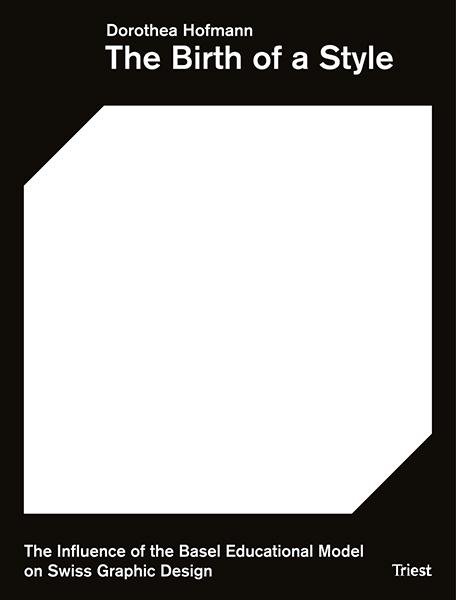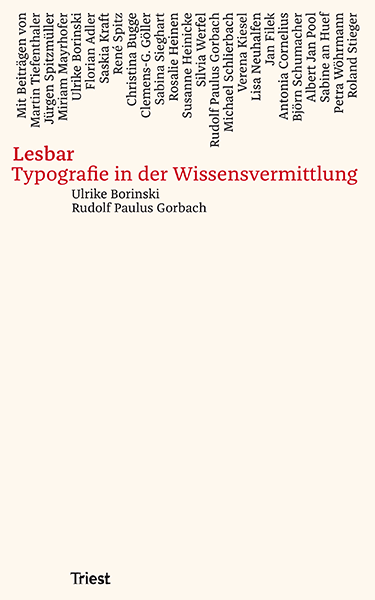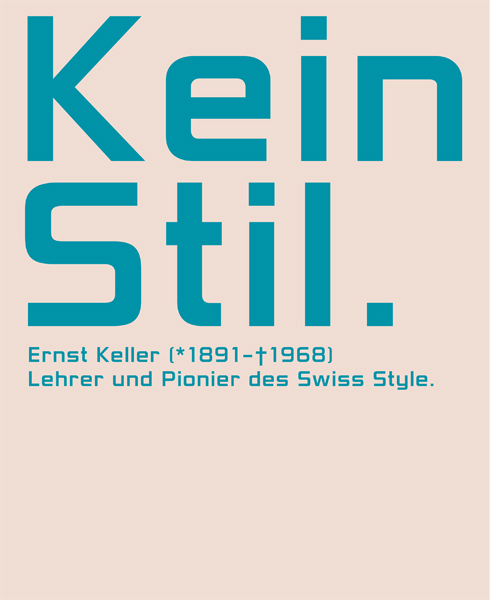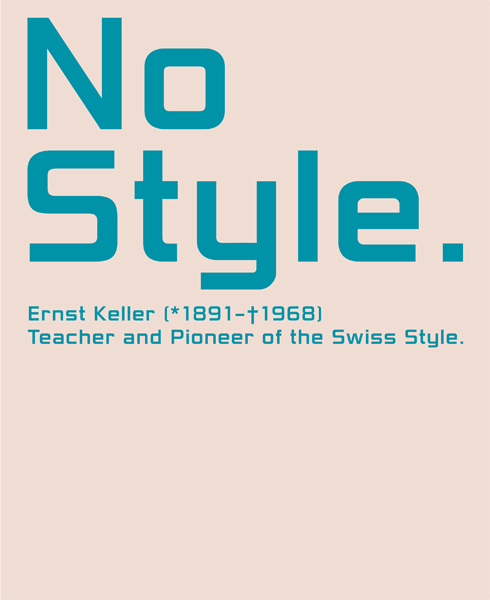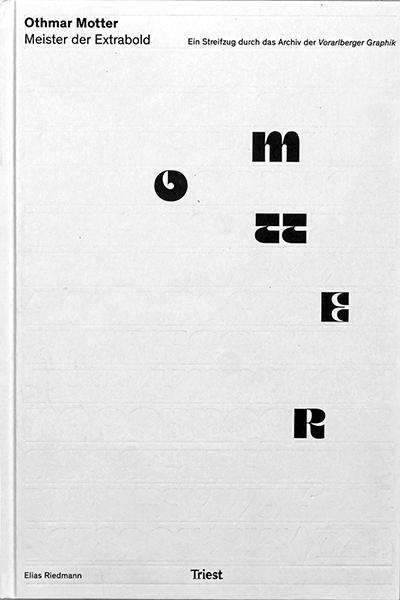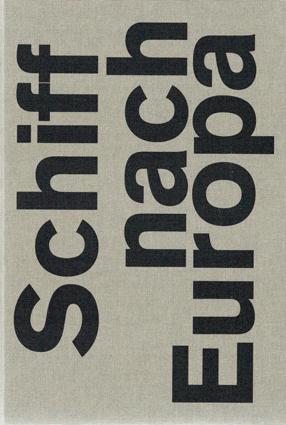Davide Fornari, Chiara Barbieri, Jonas Berthod (eds.)
The Roots and Impact of Jan Tschichold’s Die neue Typographie (Vol. 1)
Book design: Federico Barbon
→ Vol 1
English, 400 pages, ca. 160 images, 16 × 24 cm, softcover
Euro [D] 39.–, Euro [A] 40.10
Pre-order. Available October 2025
ISBN
978-3-03863-098-2
• 2 volumes on the origins and impact of Jan Tschichold`s groundbreaking manifesto "Die neue Typographie" → available separately or together
• What is the origin of Tschichold`s work and what trends has it influenced internationally?
• What is the origin of Tschichold`s work and what trends has it influenced internationally?
• Project website die-neue-bibliographie.ch
Jan Tschichold was an important German typographer, book designer and
writer who is regarded as one of the pioneers of modern graphic design.
Born in Leipzig in 1902, he developed innovative typographical
principles, advocating for clear, functional design. His most well-known
work, Die neue Typographie (1928), forms the foundation of modern
design, influencing generations of designers. Tschichold was an advocate
of sans serif fonts and a structured arrangement text and images. After
emigrating from Germany in the 1930s, he resumed his work in
Switzerland and later in the United Kingdom, where he continued to
influence typographical practice.
→ Volume 1 examines the roots, sources and effects of Die neue Typographie, demonstrating how Tschichold harked back to existing sources to formulate his own ideas. The essays explore the origins of similar principles in the early 20th century in Germany, Czechoslovakia and Denmark.
The publication goes on to describe the effects of Tschichold’s ideas on the design scene by examining the dissemination, reception and consequences of Die neue Typographie. His ideas immediately caught on in Switzerland, the United Kingdom and the United States, with various national communities across Europe and Asia also embracing the principles of Die neue Typographie, adopting them as they were or renegotiating them.
The publication is designed to serve as a themed multi- and transnational history of graphic design, tracing the development of Jan Tschichold’s theories in the course of the 20th century.
The book widens the ambit of Die neue Typographie by expanding the time frame and geographical context and enriching the discourse on this movement.
→ Volume 1 examines the roots, sources and effects of Die neue Typographie, demonstrating how Tschichold harked back to existing sources to formulate his own ideas. The essays explore the origins of similar principles in the early 20th century in Germany, Czechoslovakia and Denmark.
The publication goes on to describe the effects of Tschichold’s ideas on the design scene by examining the dissemination, reception and consequences of Die neue Typographie. His ideas immediately caught on in Switzerland, the United Kingdom and the United States, with various national communities across Europe and Asia also embracing the principles of Die neue Typographie, adopting them as they were or renegotiating them.
The publication is designed to serve as a themed multi- and transnational history of graphic design, tracing the development of Jan Tschichold’s theories in the course of the 20th century.
The book widens the ambit of Die neue Typographie by expanding the time frame and geographical context and enriching the discourse on this movement.
→ Volume 2 is
dedicated to the original sources of Tschichold’s bibliography. Based
on a multilayered logic, the sources are arranged by typology
(magazines, special editions, books, standards) and language.
Despite their obvious influence on his thinking, these sources remained largely unexplored due to their rarity and the resulting difficulties of consultation. To remedy this situation, this publication reconstructs the bibliographical sources used by Tschichold, offering a better understanding of the wider cultural context of Die neue Typographie.
The researchers identified all 120 sources, collecting them, wherever possible, in the form of original and facsimile editions. Volume 2 combines this research with a visual and text-based documentation of the references, accompanied by high-quality photographs with descriptions, pertinent information and other interpretations.
Despite their obvious influence on his thinking, these sources remained largely unexplored due to their rarity and the resulting difficulties of consultation. To remedy this situation, this publication reconstructs the bibliographical sources used by Tschichold, offering a better understanding of the wider cultural context of Die neue Typographie.
The researchers identified all 120 sources, collecting them, wherever possible, in the form of original and facsimile editions. Volume 2 combines this research with a visual and text-based documentation of the references, accompanied by high-quality photographs with descriptions, pertinent information and other interpretations.
With contributions by Yevgen Anfalov, Andreu Balius, Chiara Barbieri, Sofie Beier, Jonas Berthod, Sandra Bischler-Hartmann, Jessica D. Brier, Christopher Burke, Yongkeun Chun, Catherine de Smet, Davide Fornari, Matthias J.E. Horneman-Thielcke, Lada Hubatová-Vacková, Sandy Jones, Juliet Kinchin, Trond Klevgaard, Sofia Leal Rodrigues, Julia Meer, Emin Artun Ozguner, Louise Paradis, Alyona Sokolnikova, Paul Stirton, Mariko Takagi, Katrien Van Haute, Carlo Vinti, Yun Wang
About the editors
Davide Fornari is a full professor at ECAL/University of Art and Design Lausanne (HES-SO), where he leads the applied research and development sector since 2016.
Chiara Barbieri is a researcher in design history at ECAL/University of Art and Design Lausanne (HES-SO). She holds a Ph.D. in History of Design from the Royal College of Art (London) with a thesis on the professionalisation of graphic design in Italy from the interwar period to the mid-1960s.
Jonas Berthod works as researcher, lecturer and artistic deputy at ECAL/University of Art and Design Lausanne (HES-SO), where he has taught since 2013. He earned a Ph.D. from the University of Bern with The Prize of Success (Transcript, 2024), a thesis on the impact of cultural promotion on the field of Swiss graphic design.
Chiara Barbieri is a researcher in design history at ECAL/University of Art and Design Lausanne (HES-SO). She holds a Ph.D. in History of Design from the Royal College of Art (London) with a thesis on the professionalisation of graphic design in Italy from the interwar period to the mid-1960s.
Jonas Berthod works as researcher, lecturer and artistic deputy at ECAL/University of Art and Design Lausanne (HES-SO), where he has taught since 2013. He earned a Ph.D. from the University of Bern with The Prize of Success (Transcript, 2024), a thesis on the impact of cultural promotion on the field of Swiss graphic design.
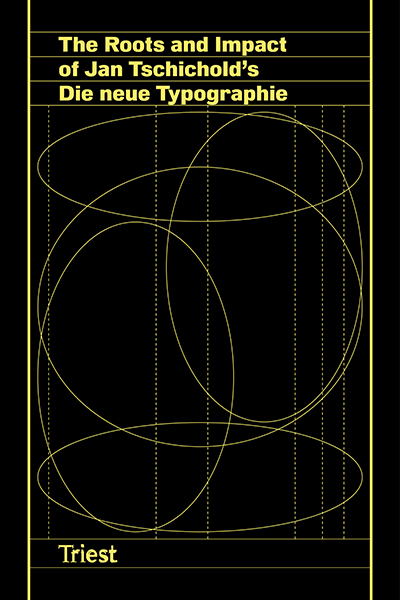
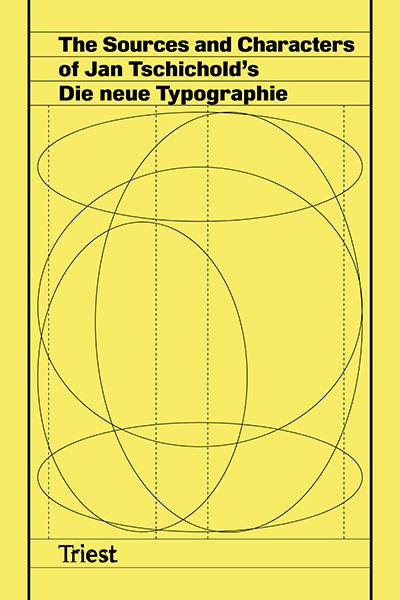
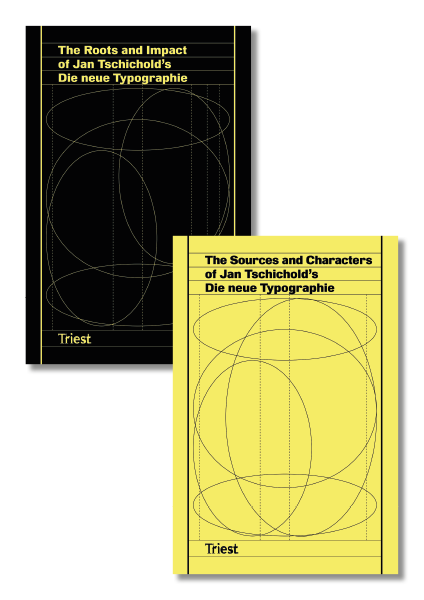
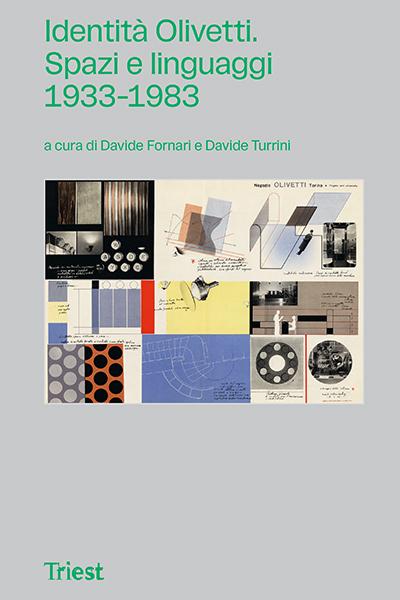
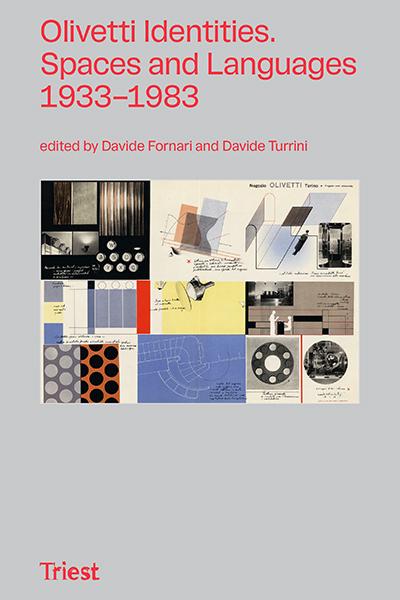
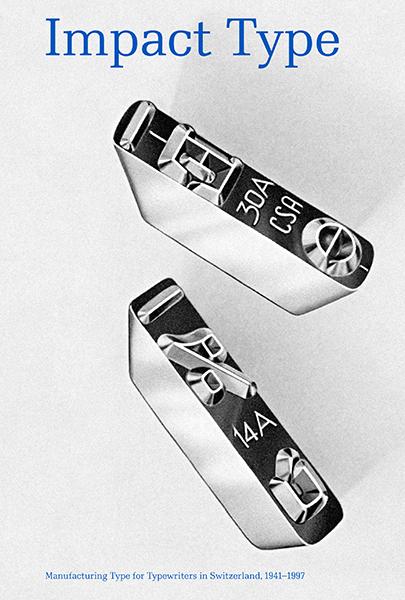
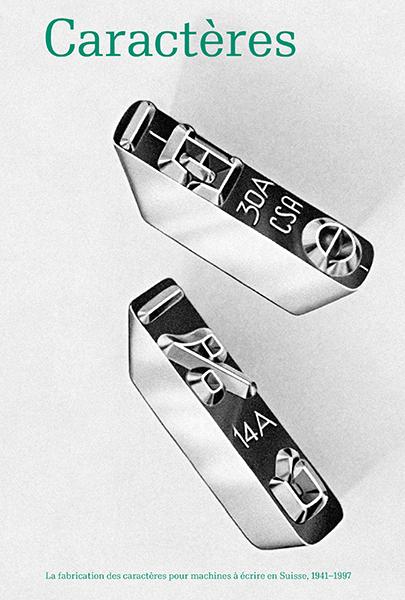
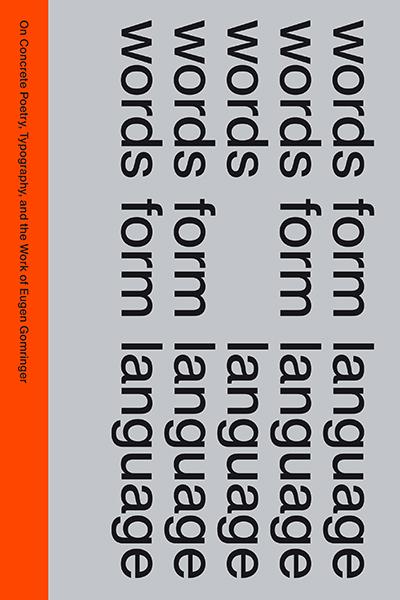
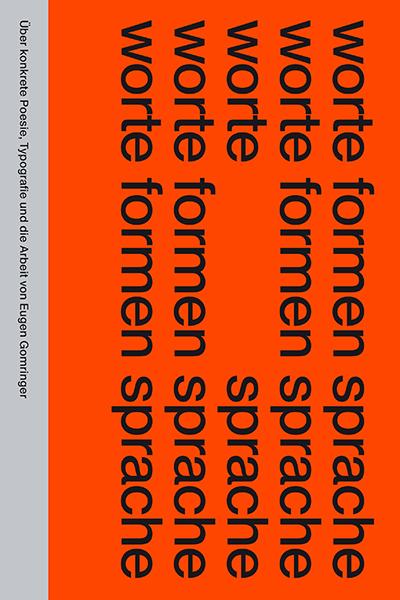
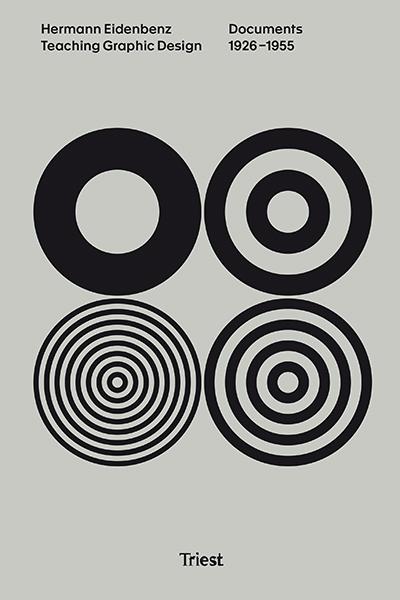
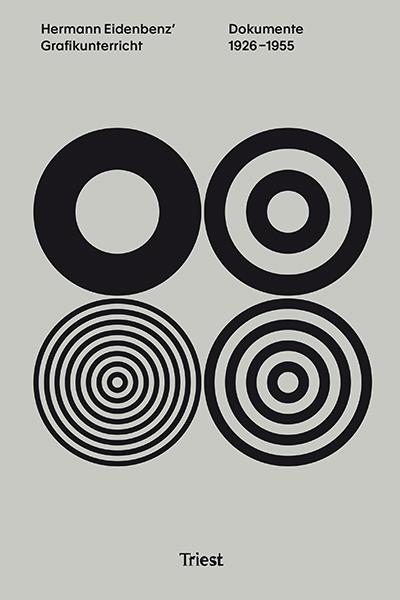
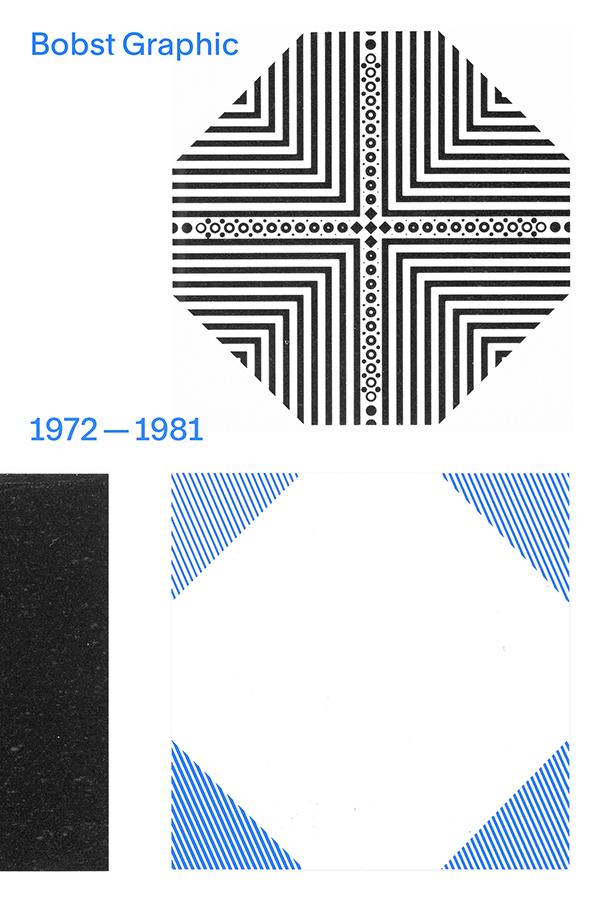
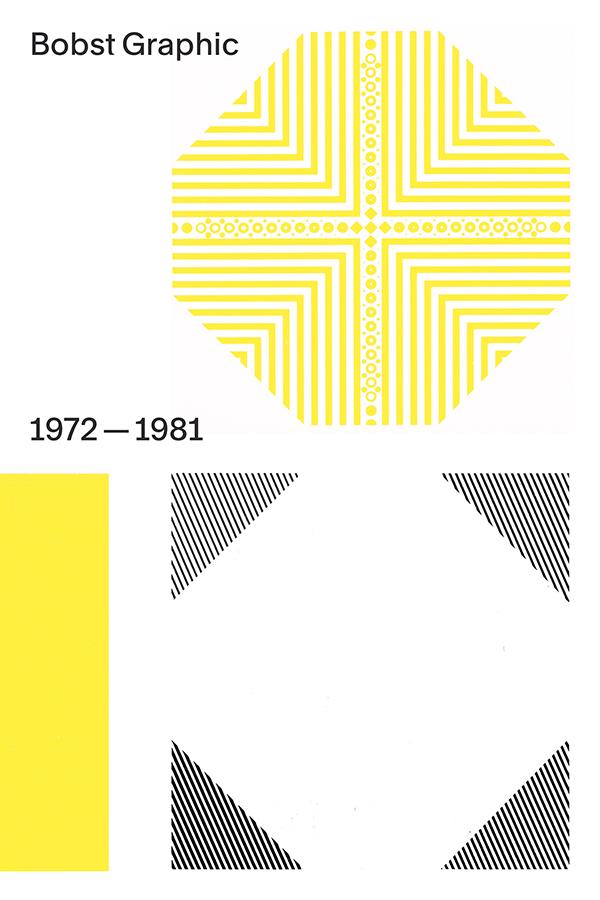
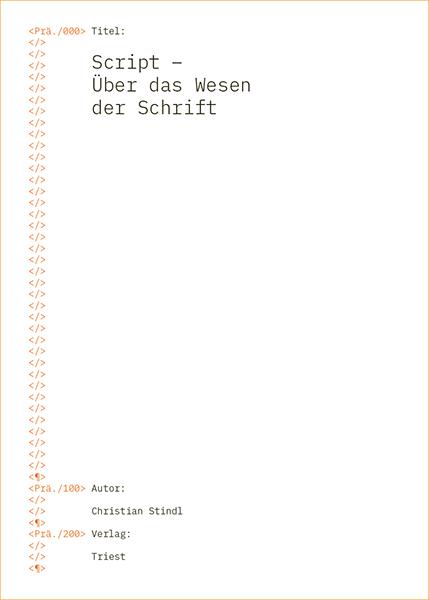
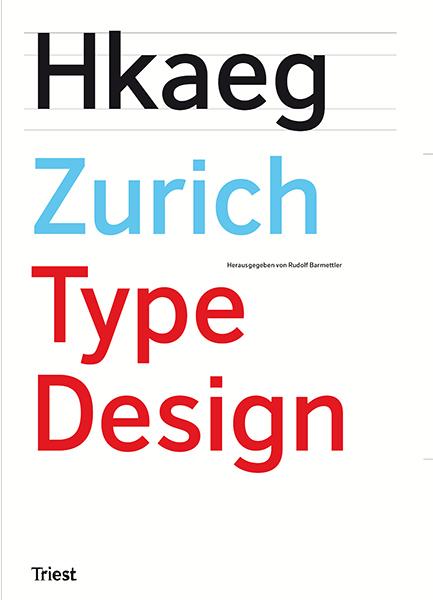
![Die Geburt eines Stils [The Birth of a Style]](/photo/data/978-3-03863-017-3-die-geburt-eines-stils-triest-verlag-design-buch-2110-5.jpg?ts=1734502849)
